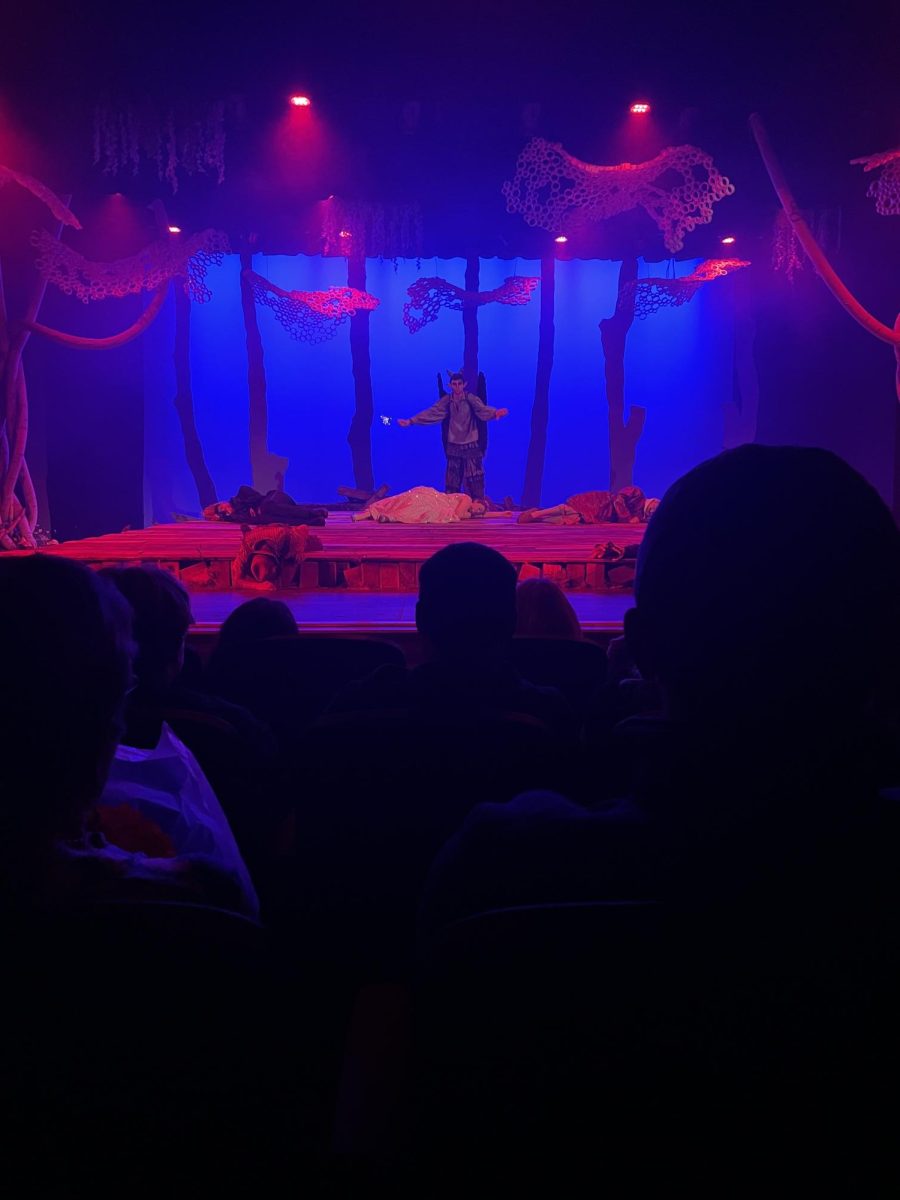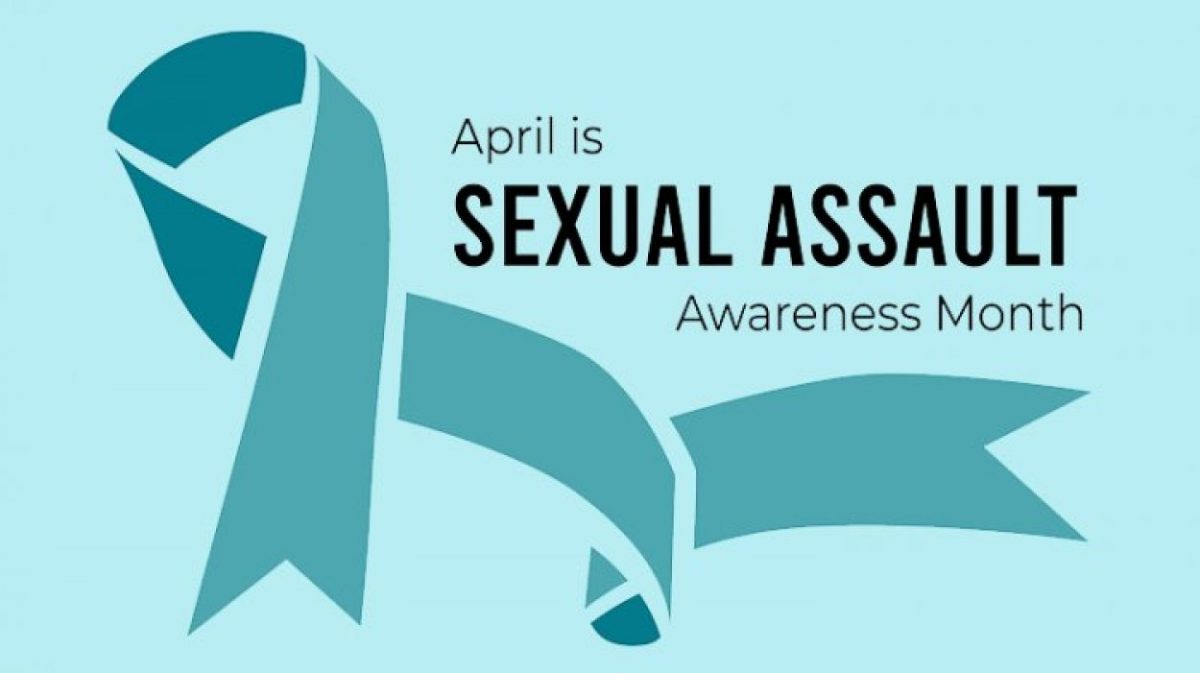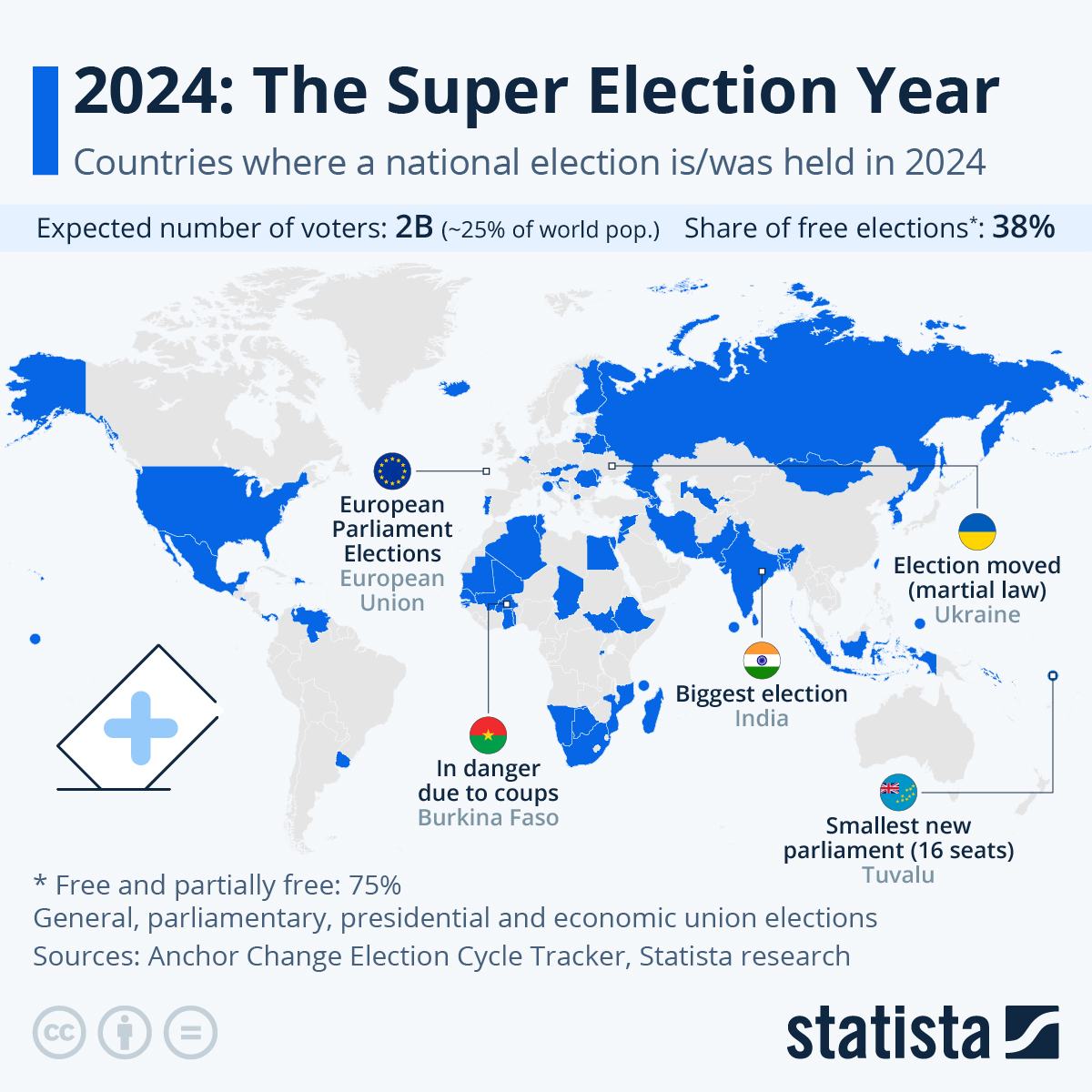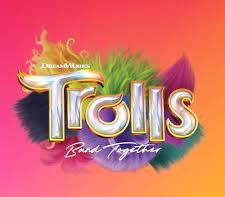Although CLS Theatre’s fall play, “Fairycakes”, opened a few weeks ago, I still have the
memory of it fresh in my mind. I played Puck, a hobgoblin, and he was just trying to get with a fairy named
Peaseblossom the whole time. I remember being annoyed. The play didn’t feel deep even though
I felt like it was trying to be, so I felt conflicted about how to act my character out. I was
wondering things like if he was complicated, what his motivations were, and what his journey
was throughout the play. Alas, he wasn’t too complicated, he had very clear motives, and he had
kind of a simple story arch. And he was supposed to be like this- he was supposed to be simple.
memory of it fresh in my mind. I played Puck, a hobgoblin, and he was just trying to get with a fairy named
Peaseblossom the whole time. I remember being annoyed. The play didn’t feel deep even though
I felt like it was trying to be, so I felt conflicted about how to act my character out. I was
wondering things like if he was complicated, what his motivations were, and what his journey
was throughout the play. Alas, he wasn’t too complicated, he had very clear motives, and he had
kind of a simple story arch. And he was supposed to be like this- he was supposed to be simple.
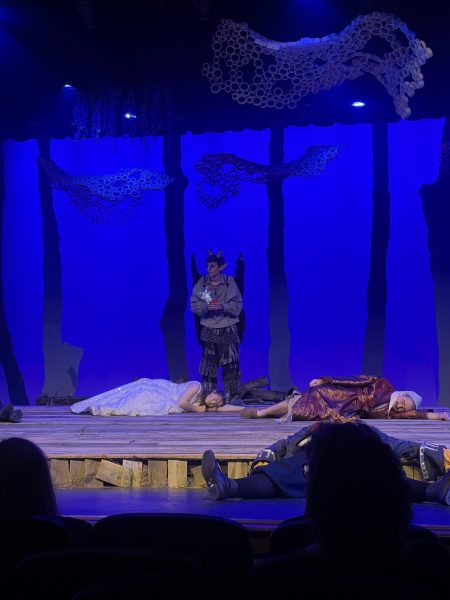
Puck is a hobgoblin. I know I already said this, but that’s his personality. He’s
mischievous, but not for the purpose of being mischievous. He’s mischievous in trying to
impress his love interest, Peaseblossom, or “Fairycakes”. He’s only ever mad and delusional
when Peaseblossom wants nothing to do with him towards the end of the play, and then he plays
another trick to try to fix everything, all for Peaseblossom. Nothing he does is really for himself,
except it kind of is because he does all that he does to try to get with Peaseblossom. After all this
description, I’m sure you can see that these characters are simple. That’s because they’re
fairytale characters. Most of this play is whimsical and funny, not meant to be taken seriously.
So, they act that way: whimsical and silly. Now, here’s a bit of a history lesson, but back when
fairies and hobgoblins were common folklore, there was always a looming threat in the real
world. For example, around WWI, fairies were reported to have been photographed (see below).
mischievous, but not for the purpose of being mischievous. He’s mischievous in trying to
impress his love interest, Peaseblossom, or “Fairycakes”. He’s only ever mad and delusional
when Peaseblossom wants nothing to do with him towards the end of the play, and then he plays
another trick to try to fix everything, all for Peaseblossom. Nothing he does is really for himself,
except it kind of is because he does all that he does to try to get with Peaseblossom. After all this
description, I’m sure you can see that these characters are simple. That’s because they’re
fairytale characters. Most of this play is whimsical and funny, not meant to be taken seriously.
So, they act that way: whimsical and silly. Now, here’s a bit of a history lesson, but back when
fairies and hobgoblins were common folklore, there was always a looming threat in the real
world. For example, around WWI, fairies were reported to have been photographed (see below).
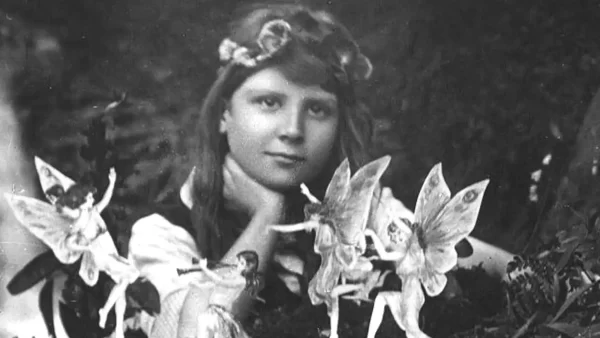
Isn’t it so convincing? Anywho, this obvious fake was an attempt to get people distracted
from the dull and threatening real world. Throughout all of human history, people have needed
fiction and stories to keep them out of their heads, and fairies are no exception to that. I’ve
already mentioned that all of the characters in the play are fictional/fairytale characters, whether
they be from A Midsummer Night’s Dream, Pinocchio, or Cinderella. All of these characters’
stories’ serve as a piece of fiction to take us away into a different, much more peaceful world.
And the world of the play is very peaceful and whimsical indeed. Enchantments, curses, songs,
and dance-they have such a fun world! That is, until Puck disenchants the world, causing issues for
the characters. The fairies are no longer able to fly, the mermaid drowns, and even more mishaps occur.
I believe that this is an example of the real world invading the world the play had built up up until that point.
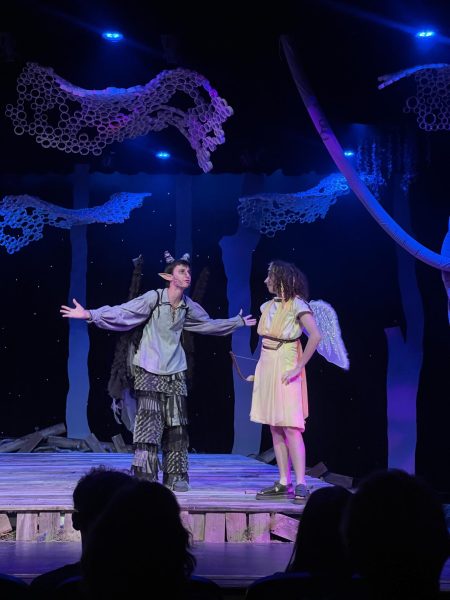
The mermaid in particular is an excellent example of this as she states that the sea is dark
and gloomy and that, unlike on land, the creatures in the sea need enchantment to be able to live.
Thus, without the audience’s yearn for a fictional world, fairytales cannot exist and the real
world comes crashing down onto people. A world without fairytales and make-believe is a drab,
ugly world where people are constantly forced to face the perils of everyday life. As humans, we
want to be able to put up with everyday life, so we find entertainment in these stories- and thus,
fairytales are kept alive. Now, this isn’t necessarily a revelation I had while in the rehearsal
process. In fact, I realized that the play was really demonstrating the necessity of the comedy and
whimsicality of fairytales during the last couple days of tech week. This enhanced my
understanding and appreciation of the plays, although I would’ve wished it had come sooner than
it had. This realization gave me more of a spark while performing, and I felt it was important
enough to share. All plays, no matter how silly or serious they are, have meaning and symbolism
in them that, once found, act like a key to understanding our realities, themes in our lives, and
themes in the play.
and gloomy and that, unlike on land, the creatures in the sea need enchantment to be able to live.
Thus, without the audience’s yearn for a fictional world, fairytales cannot exist and the real
world comes crashing down onto people. A world without fairytales and make-believe is a drab,
ugly world where people are constantly forced to face the perils of everyday life. As humans, we
want to be able to put up with everyday life, so we find entertainment in these stories- and thus,
fairytales are kept alive. Now, this isn’t necessarily a revelation I had while in the rehearsal
process. In fact, I realized that the play was really demonstrating the necessity of the comedy and
whimsicality of fairytales during the last couple days of tech week. This enhanced my
understanding and appreciation of the plays, although I would’ve wished it had come sooner than
it had. This realization gave me more of a spark while performing, and I felt it was important
enough to share. All plays, no matter how silly or serious they are, have meaning and symbolism
in them that, once found, act like a key to understanding our realities, themes in our lives, and
themes in the play.
